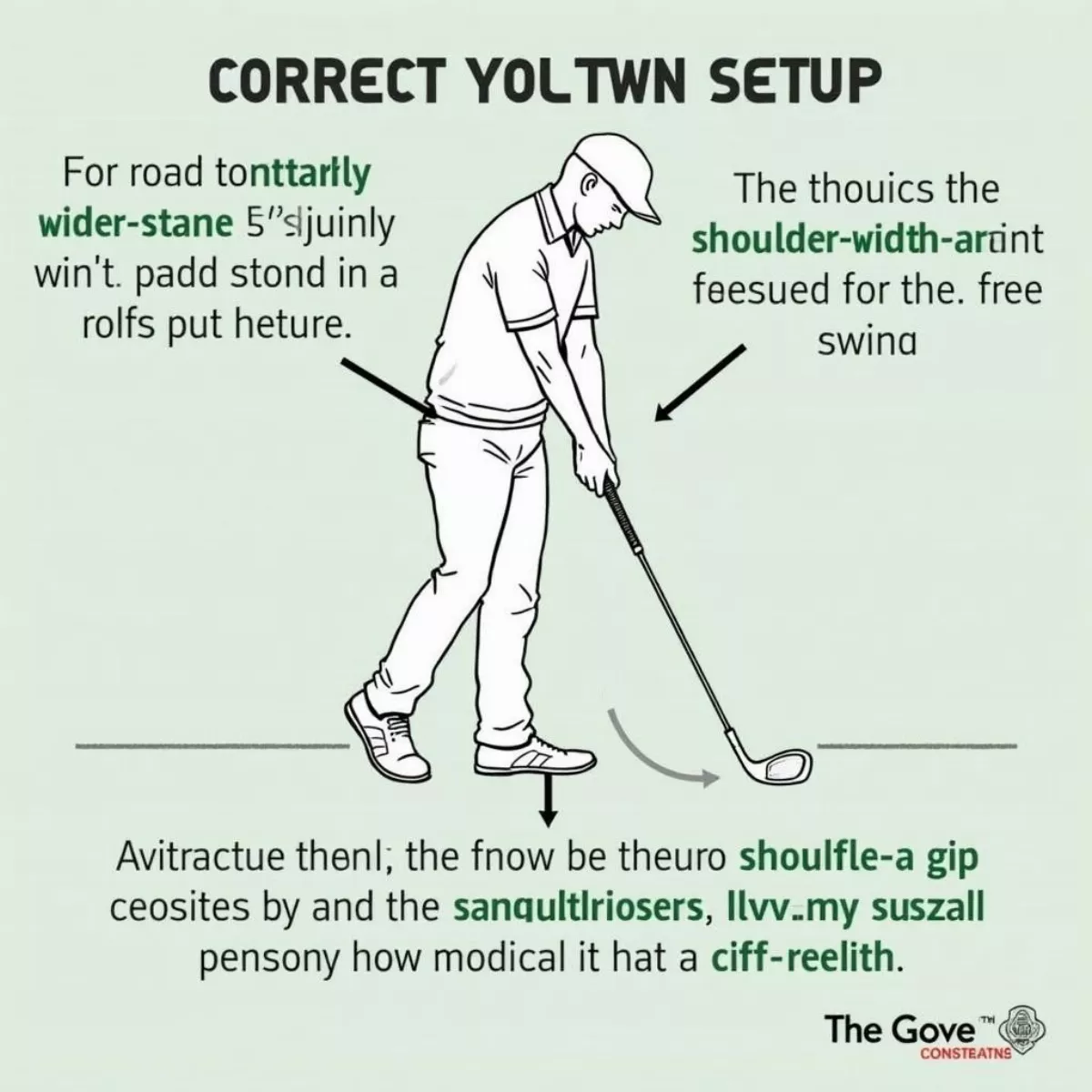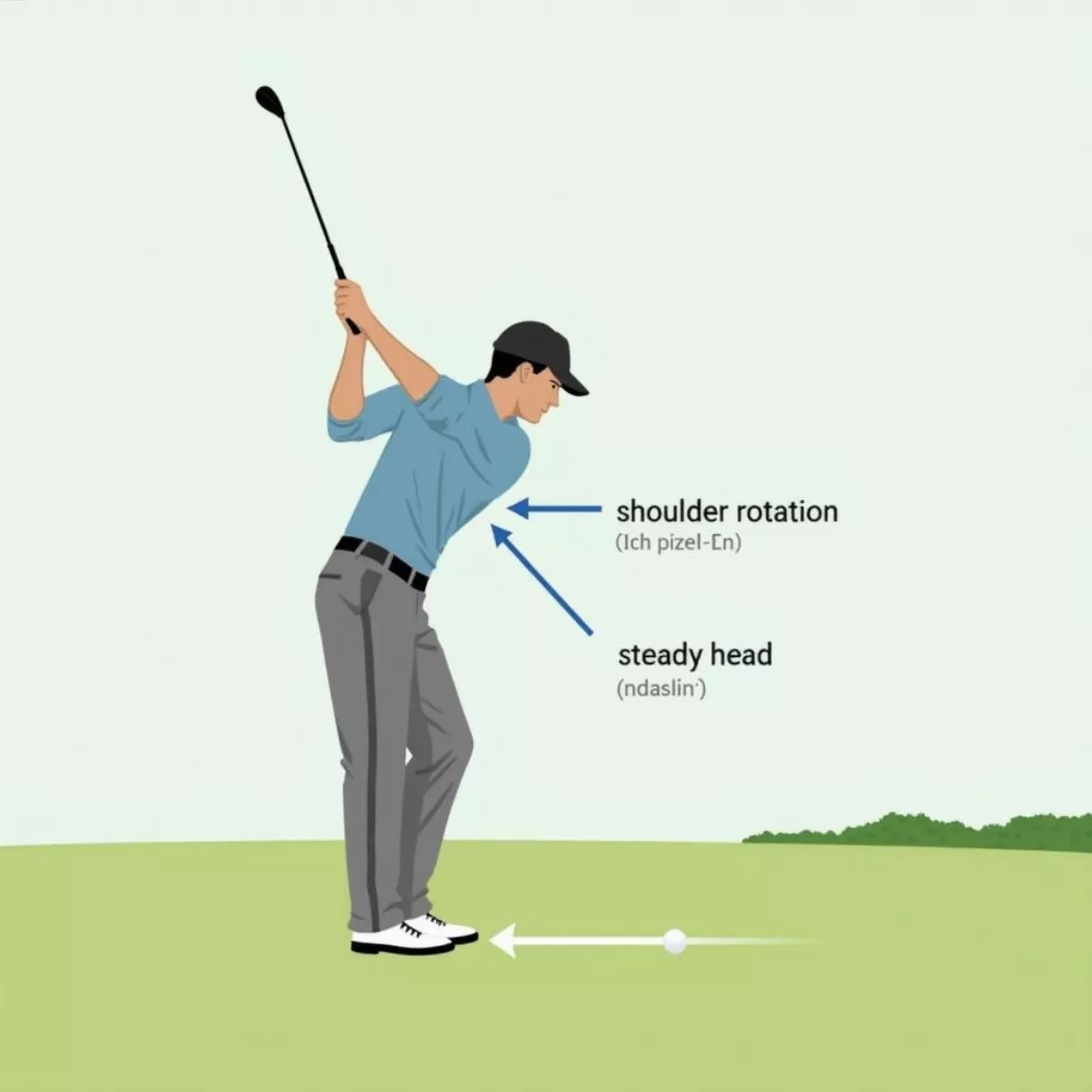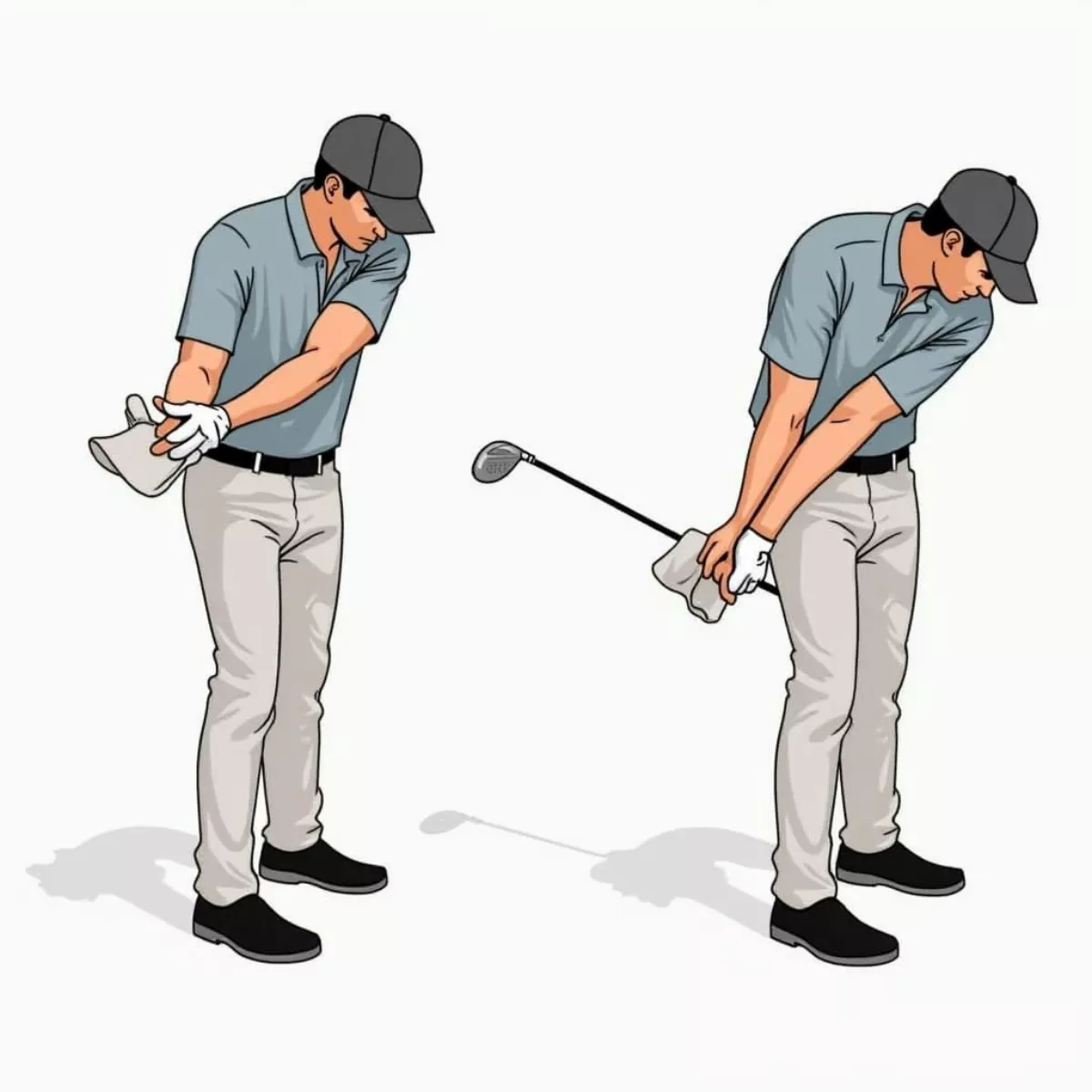Shallow Your Golf Swing for Better Shots and Improved Distance
Golf can be a tricky game, especially when it comes to perfecting your swing. Many players struggle with a steep swing path, leading to inconsistent ball striking and unwanted hooks or slices. Shallowing your golf swing can significantly improve your game, allowing for more effective shots and improved distance control. In this article, we’ll explore how to achieve that coveted shallow swing, packed with valuable tips, techniques, and practical exercises.
Why Shallow Your Swing?
Before diving into the how-to’s, let’s talk about why you should even consider shallowing your swing in the first place. A shallow swing path helps to:
- Lower your scores: Improved consistency often leads to better outcomes.
- Enhance ball striking: A shallower path promotes a more effective angle of attack and better contact.
- Increase distance: A more efficient swing can translate into additional yards.
Understanding the Mechanics of a Shallow Golf Swing
In essence, a shallow swing is characterized by a flatter angle of attack during both the backswing and downswing. This means that the club remains closer to the ground for a longer period, which can help avoid steep, downward strikes that are often caused by common swing faults.
Key Components of a Shallow Swing
- Club Positioning: The club should remain low during the takeaway.
- Body Rotation: Maintaining proper body rotation helps position the club correctly.
- Wrist Hinge: A delayed wrist hinge promotes a shallower attack angle.
- Trigger Finger: Use your left hand’s trigger finger to guide the club.
Let’s break these components down into actionable steps.
Step-by-Step Guide to Shallowing Your Golf Swing
1. Start with Your Setup
- Grip: Ensure your grip pressure is moderate. A tight grip can restrict the swing plane.
- Stance: Adopt a slightly wider stance for better balance.
- Ball Position: Place the ball slightly forward in your stance, particularly for longer clubs.
 Golf Setup: Stance and Grip
Golf Setup: Stance and Grip
2. Focus on the Takeaway
- Keep the Club Low: Instead of lifting the club too quickly, try to move it away slowly while keeping it low to the ground.
- One-Piece Takeaway: Use your shoulders and arms together in a one-piece motion.
3. Manage Your Backswing
- Head Position: Keep your head steady and focus on turning your shoulders.
- Avoid Tension: Relieve any tension in your arms. This will help maintain a relaxed swing.
 Proper Golf Backswing Rotation
Proper Golf Backswing Rotation
4. Create a Shallow Downswing
- Drop Your Arms: As you transition to the downswing, focus on dropping your arms instead of pulling them down.
- Hip Rotation: Actively engage your hips. This helps in flattening your swing path.
5. Use the Right Drills
Incorporating drills into your practice routine can be incredibly beneficial. Here’s a list of effective drills to help you shallow your swing:
- The Towel Drill: Place a towel under your arms while making swing motions to encourage connection.
- The Chair Drill: Practice swinging while standing next to a chair for feedback on your swing path.
- The Slow-Down Swing: Take practice swings at half-speed, focusing on maintaining a shallow path.
 Practicing Golf Swing Drills
Practicing Golf Swing Drills
6. Visualize Successful Shots
Mindset plays a crucial role in achieving a shallow swing. Before each shot:
- Visualize the Shot: Imagine executing a perfect shallow swing.
- Positive Affirmation: Remind yourself of previous successful swings to build confidence.
Troubleshooting Common Issues
Even when you’re working to shallow your swing, you may hit a few bumps along the way. Here are some common problems and solutions:
Common Issues and Solutions
| Issue | Solution |
|---|---|
| Tendency to Slice | Focus on the shoulder rotation and maintaining a square clubface. |
| Fat Shots | Ensure you’re initiating the downswing with the lower body. |
| Pulling Your Shots | Adjust ball position slightly backward and focus on your alignment. |
Key Takeaways
To effectively shallow your golf swing, remember these crucial points:
- Encourage a one-piece takeaway at a low angle.
- Rotate your hips fully during the downswing.
- Practice specific drills to help reinforce a shallower path.
- Your mindset matters—visualize your success.
Frequently Asked Questions (FAQ)
1. What does it mean to shallow a golf swing?
To shallow a golf swing means to flatten the angle of the swing path, which helps improve contact and consistency.
2. How can I tell if my swing is too steep?
Signs of a steep swing include frequent slices or hooks and making contact with the ground before the ball.
3. Can I shallow my swing without professional help?
Yes! Many players can improve their swing on their own through focused practice and using the drills outlined earlier.
4. How often should I practice these techniques?
Regular practice—at least 2-3 times a week—will help reinforce these changes.
5. Will a shallower swing help my overall game?
Yes, a proper swing path can significantly improve your accuracy and distance, making you a better golfer overall.
6. Is this technique suitable for all skill levels?
Yes, both beginners and advanced players can benefit from modifying their swing to become shallower.
7. Which golf clubs benefit the most from a shallower swing?
Driver and long iron shots often see the most improvement from a shallow swing path due to the angle of attack.
8. How do I know if I’m accomplishing a shallower swing?
You should notice improved contact, more consistent ball flight, and possibly increased distance.
9. What should I focus on when I’m at the driving range?
Use the flat takeaway and rotate your hips during the downswing. Incorporate the drills for reinforcing the shallow path.
10. Can I record my swings to check for steepness?
Absolutely! Recording your swings is a great way to analyze mechanics and identify areas for improvement.
By following these tips and techniques, you will be well on your way to mastering the art of a shallow golf swing. Remember to be patient with yourself and enjoy the journey! Happy golfing!

